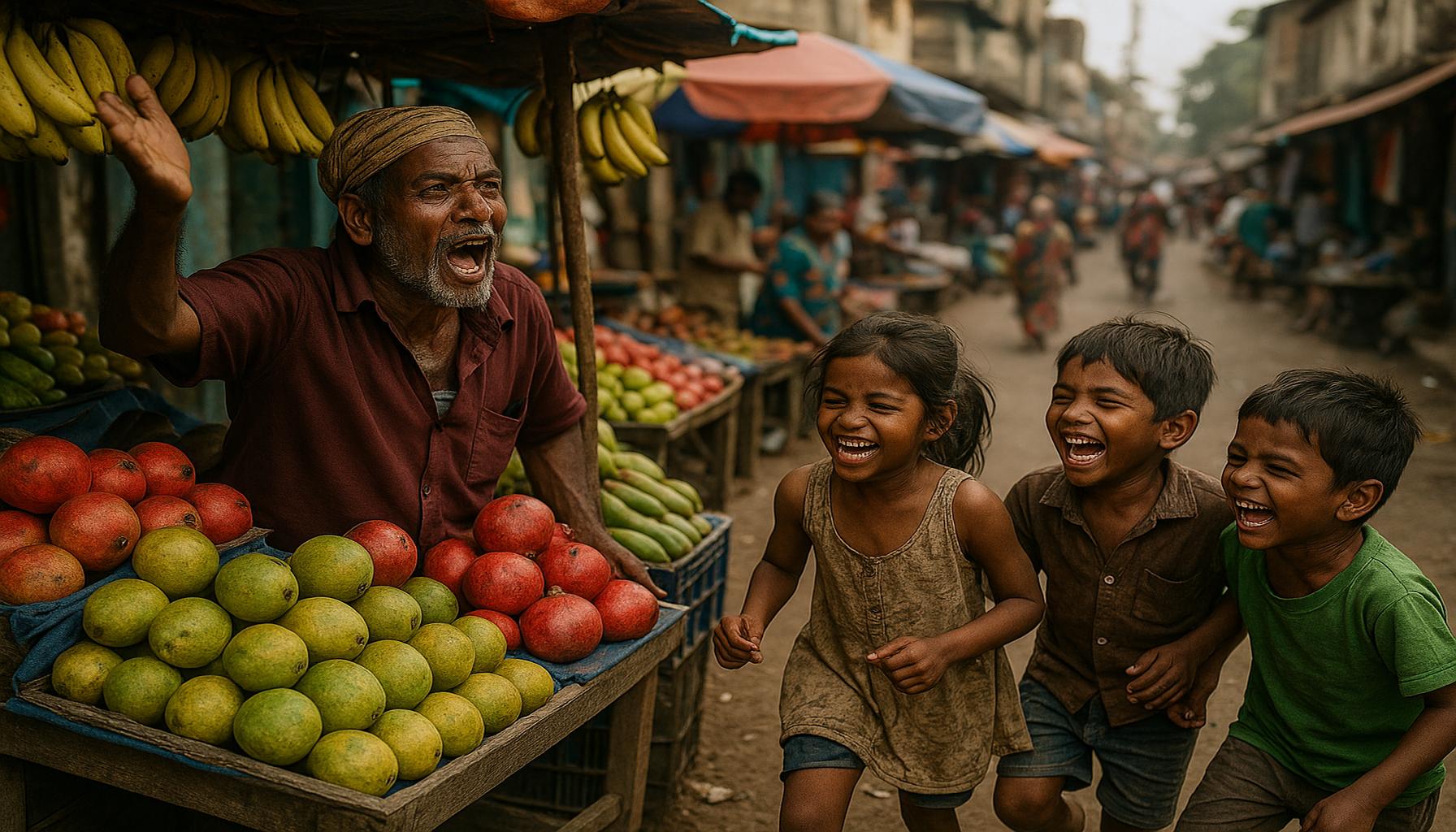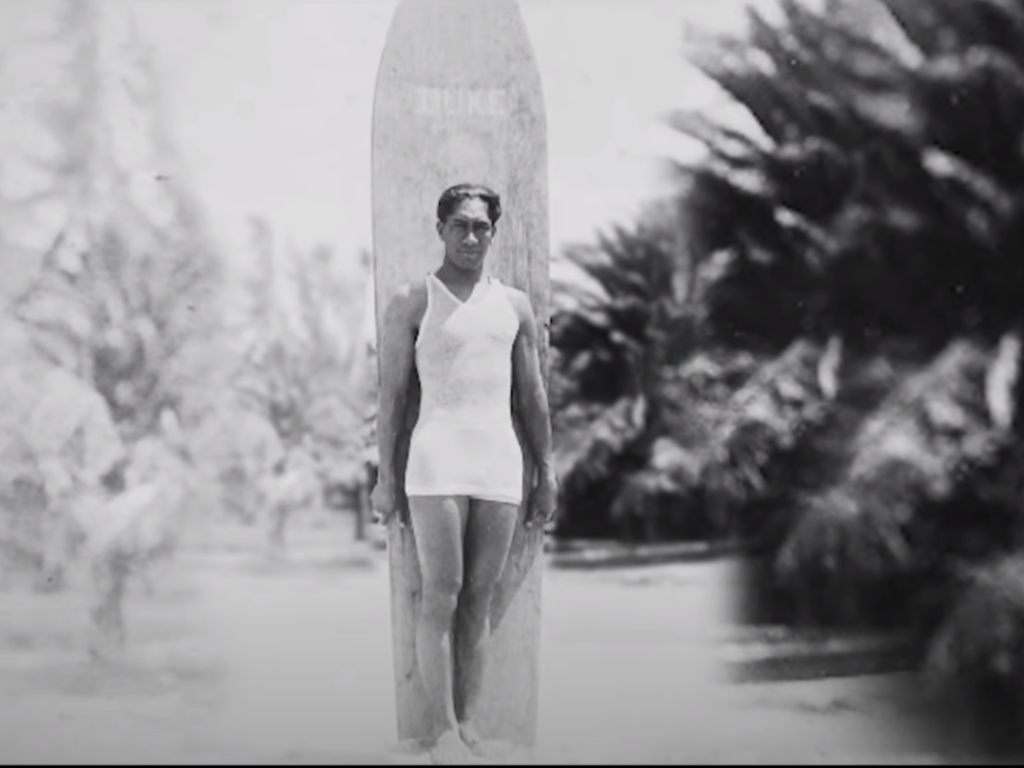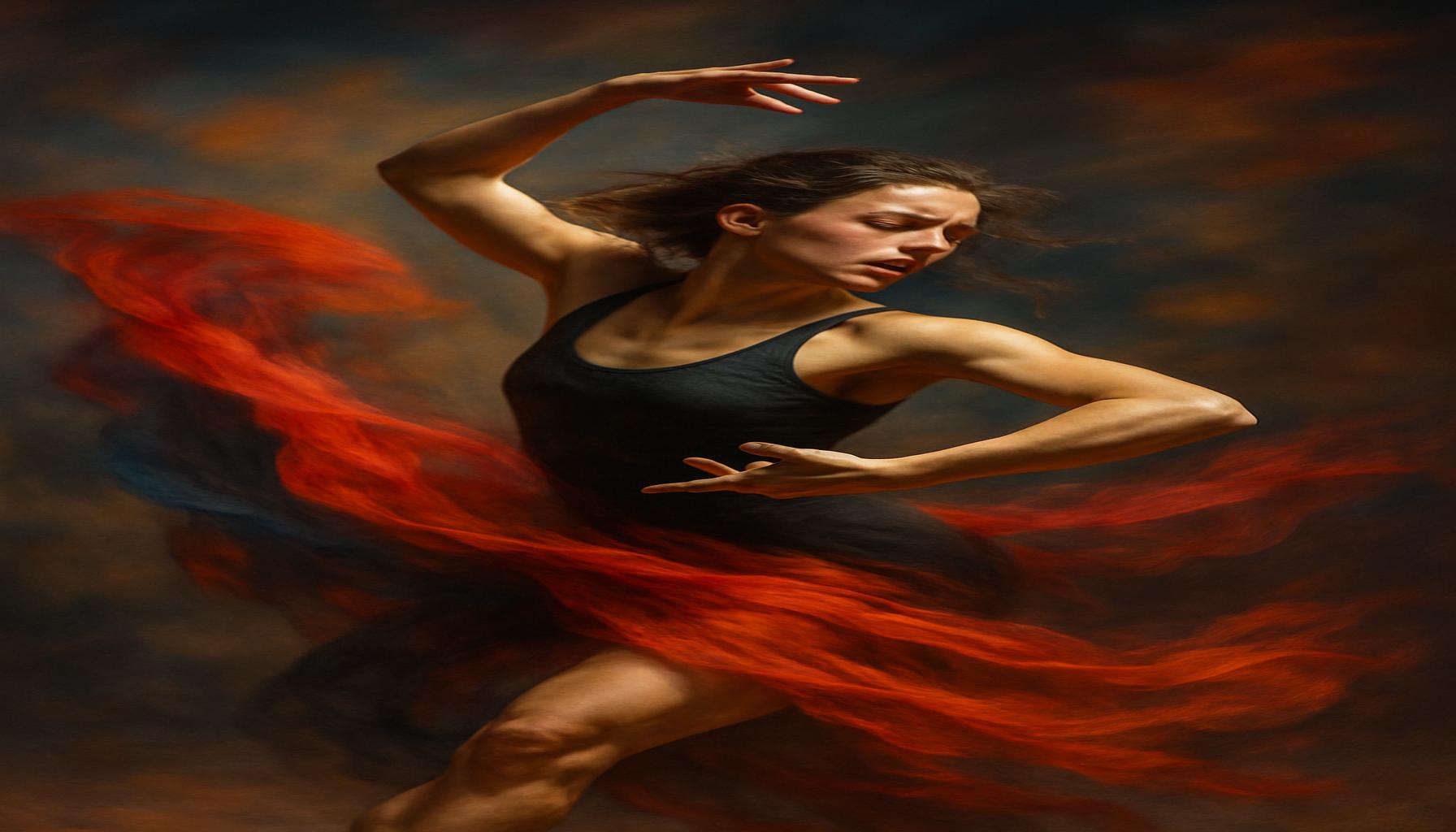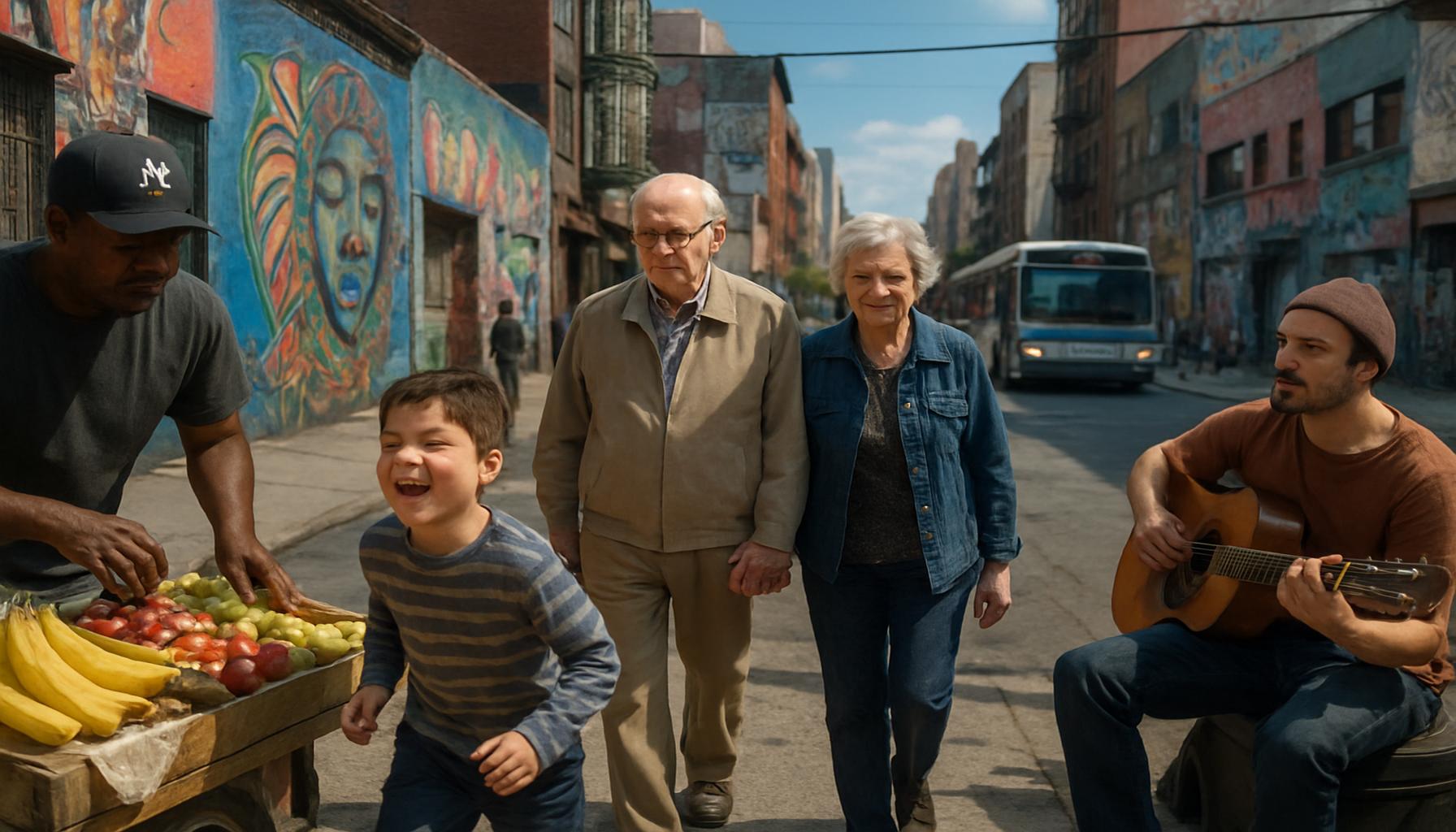Documentary Photography: Telling Real Stories with Powerful Images

The Power of Documentary Photography
In today’s visual-centric world, documentary photography stands as a profound medium for storytelling. Through compelling images, photographers bring to light the realities of human existence, revealing the complexities of life that often go unnoticed. This genre of photography captures the essence of real-life moments, inviting viewers into a world that is sometimes uncomfortable but undeniably essential for understanding the human experience.
This genre of photography has the unique ability to evoke emotion and provoke thought. It allows viewers to:
- Experience raw moments from diverse cultures. By portraying traditional ceremonies, daily rituals, and everyday life, documentary photographers provide an authentic glimpse into cultures around the globe, fostering a deeper appreciation for the world’s diversity.
- Understand social issues and injustices that plague communities. Photographers often shed light on pressing matters such as poverty, homelessness, and inequality. Their work can challenge societal norms and inspire audiences to consider their own biases and the broader implications of these issues.
- Celebrate the beauty of everyday life through personal narratives. This aspect of documentary photography reveals the extraordinary within the ordinary, showcasing the profound moments of connection and resilience found in daily life, like family gatherings or small-town events.
By focusing on real experiences and events, documentary photography creates a connection between the viewer and the subject. Notable examples include:
- The powerful images of the Civil Rights Movement by Gordon Parks. His poignant photographs not only documented the struggle for equality but also illustrated the profound humanity of those involved.
- The intimate portraits by Dorothea Lange during the Great Depression. Lange’s iconic photograph, “Migrant Mother,” remains a symbol of resilience and hardship, showcasing the human face of economic despair.
- Modern work by photographers like Mary Ellen Mark, showcasing the underrepresented. Her ability to capture the nuances of marginalized communities brings their stories to the forefront and invites dialogue around social justice.
This art form serves not just to document but to challenge perceptions and spark conversation. It motivates individuals to look beyond the surface and delve into the heart of what it means to be human. The stories told through these images can lead to grassroots movements, raise awareness, and provide platforms for voices that have long been silenced.
As we explore the world of documentary photography, we unravel its potential to tell stories that matter, foster empathy, and inspire change. In a world inundated with curated images and social media snapshots, the unfiltered reality captured through the lens offers a refreshing, impactful perspective that resonates deeply with viewers. The call to action is clear: delve into the profound narratives of documentary photography and examine what they reveal about society and the human condition.

DIVE DEEPER: Click here to uncover eco-friendly crafting tips
Exploring the Essence of Documentary Photography
Documentary photography is not merely about capturing images; it is an insightful narrative technique that conveys the stories of people, places, and events with authenticity and integrity. At its core, this genre emphasizes the photographer’s role as a visual storyteller, using their camera to document the human experience in all its intricacies. Unlike staged or commercial photography, documentary photography engages with reality, offering a mirror to the world that can provoke discussion and elicit genuine emotion.
The potency of documentary photography lies in its ability to articulate complex social narratives and involve the viewer in a dialogue about the images presented. It raises essential questions regarding the representation of reality, thereby serving as a catalyst for understanding and empathy. Here are some key elements that contribute to the impact of this art form:
- Cultural Representation: Through the lens of a documentary photographer, we are invited to witness and appreciate diverse cultures. Whether it is the bustling streets of New York or the small-town festivities across rural America, these images celebrate the rich tapestry of human traditions and experiences.
- Emotional Truth: The best documentary photography resonates on an emotional level. By capturing authentic moments—joy, sorrow, struggle, and triumph—these photographs allow viewers to connect with the subjects in a profound way, often leading to powerful reflections on their own lives.
- Social Commentary: Many documentary photographers utilize their craft to highlight social injustices and inequalities. By bringing pressing issues to the forefront—such as the plight of the homeless or the impacts of climate change—these images stimulate public awareness and discourse, creating space for advocacy and change.
The responsibility of a documentary photographer extends beyond mere observation; it encompasses the need for ethical considerations and a commitment to truthfulness. Many renowned photographers have undertaken significant projects that explore the intersection of art and activism, including James Nachtwey, whose powerful war images expose the brutal realities faced by conflict-affected communities globally. Similarly, Lisa Kristine’s work sheds light on modern slavery, revealing stories that often remain hidden from public consciousness.
One notable project that exemplifies the depth of storytelling in documentary photography is “American Through Their Eyes”, which engaged various photographers to showcase different perspectives on life in the United States. This initiative illustrates how diverse viewpoints can converge into a singular narrative, reinforcing the idea that every story matters.
In the age of social media, the accessibility of photography has transformed how stories are told. With smartphones, countless individuals are now potential documentarians, capturing their realities and sharing them with a global audience. This democratization of photography challenges traditional narratives and provides a platform for underrepresented voices.
The viewer’s role in documentary photography is as vital as that of the photographer. Engaging critically with these images can lead to a deeper understanding of different experiences, nurturing empathy in a way that text alone cannot achieve. As we delve deeper into the world of documentary photography, it becomes increasingly evident that these powerful images are essential in promoting awareness and inspiring positive change in society.
Exploring the Depths of Documentary Photography
Documentary photography holds a unique place in the realm of visual storytelling. It goes beyond mere documentation; it captures the essence of human experience. Through powerful images, photographers can communicate narratives that evoke emotions and inspire action. This art form shines a light on societal issues, celebrating cultural diversity while addressing injustices, making silent voices heard.One of the most compelling advantages of documentary photography is its ability to promote awareness about various social issues. By portraying real-life scenarios with authenticity, photographers raise engagement with subjects that may often be overlooked. Whether showcasing environmental challenges, human rights violations, or the beauty of everyday life, these images invite viewers into the subject’s world, prompting reflection and dialogue.Moreover, documentary photography serves as a medium for cultural preservation. In a world that’s constantly changing, these images act as historical records, capturing unique traditions, rituals, and lifestyles. As trends evolve and societies shift, the photographs remain as a testament to past realities, contributing to archives that future generations can explore.Additionally, the transformative power of these visual narratives lies in their capacity to forge connections among people from diverse backgrounds. Through shared stories and experiences, documentary photography fosters empathy and understanding, bridging divides created by prejudice or misinformation.As we delve deeper into this subject, it’s essential to recognize the responsibility of documentary photographers. Ethical considerations surrounding consent, representation, and storytelling must guide their work. Balancing authenticity with sensitivity ensures that the stories captured respect the dignity of the subjects involved.Lastly, technological advances have significantly expanded the reach of documentary photography. The rise of social media platforms allows photographers to share their work instantly, reaching worldwide audiences. This democratization of photography not only amplifies diverse narratives but also encourages emerging photographers to explore the genre.
The Essence of Human Connection in Documentary Photography
Documentary photography thrives on the fundamental notion of human connection. By capturing not just the visuals but the emotions behind each moment, these images resonate with viewers on a deeper level. As we embark on this visual journey, let’s take a closer look at the key advantages of documentary photography through a structured overview.
| Category | Key Features |
|---|---|
| Social Awareness | Raises engagement with societal issues through powerful imagery. |
| Cultural Preservation | Captures unique traditions and lifestyles, documenting changing societies. |
| Emotional Connection | Evokes empathy and understanding among audiences through shared experiences. |
| Universal Reach | Leverages social media to amplify diverse narratives and voices. |
These advantages underline the significance of documentary photography in contemporary society. Each image tells a unique story, urging viewers to look beyond the surface and engage with the world around them actively. With every click, photographers contribute to a collective visual history, highlighting the intricate tapestry of human life.
DISCOVER MORE: Click here to unveil stunning photography tips
The Impact of Technology on Documentary Photography
The advent of technology has significantly transformed the landscape of documentary photography, reshaping both the creation and distribution of visual narratives. Digital cameras and smartphones have made it easier than ever for aspiring photographers to capture compelling images and share stories instantly across platforms. This shift not only broadens the reach of documentary photography but also diversifies the voices that contribute to the narrative tapestry of our world.
Social Media Platforms play a monumental role in the evolution of documentary photography. Platforms like Instagram and Facebook allow photographers to showcase their work to global audiences without the need for traditional galleries or publications. This accessibility fosters an environment where individuals can engage with their community, as well as amplify marginalized voices that might otherwise remain unheard. For instance, grassroots movements have harnessed the power of documentary photography to shed light on local issues, resulting in global sympathy and support.
Additionally, the immediacy of digital photography compels photographers to act as archivists of contemporary life. Documenting real-time events such as protests, community gatherings, and natural disasters allows for a dynamic recording of history as it unfolds. The Black Lives Matter protests of recent years exemplify this phenomenon. Through images shared on social media, documentary photographers have been able to capture the raw emotion and determination of those involved in the movement, pushing the narrative into mainstream conversations about civil rights and justice.
- Enhanced Storytelling Techniques: The integration of multimedia elements such as video, audio, and interactive platforms has revolutionized the storytelling capabilities of documentary photographers. Projects like Humans of New York not only showcase powerful images but also weave in personal anecdotes and narratives that deepen audience engagement. These modern storytelling techniques enable a more layered understanding of subjects, enriching the viewer’s experience.
- Collaboration: Technology encourages collaboration among photographers, journalists, and activists, fostering collective efforts that amplify impactful stories. Initiatives such as Documentary Now! provide resources and opportunities for filmmakers and photographers alike, encouraging cross-discipline collaborations that can illuminate complex social issues through multiple lenses.
Despite these advancements, the rise of digital mediums does raise questions about authenticity and representation. The easy manipulation of images can lead some viewers to question the credibility of the photographs they encounter. However, the ethical commitment to truthfulness is what distinguishes dedicated documentary photographers from casual image creators. The emphasis on transparency and context remains crucial; providing viewers with a behind-the-scenes look at the photographic process can enhance trust and credibility in documentary work.
Moreover, the conversation around documentary photography has broadened to include an examination of representation and diversity within the field. Historically, photography has often been dominated by specific perspectives, leaving out vital voices from various communities. Today, numerous organizations strive to nurture photographers from underrepresented backgrounds, ensuring that a variety of experiences are documented. Projects like “The Everyday Projects” focus on sharing authentic stories from diverse locales, emphasizing the importance of varied narratives in the world of documentary photography.
In navigating this intricate landscape, a new generation of documentary photographers continues to emerge, pushing boundaries while shaping the genre’s future. Their work challenges viewers to engage with pressing social issues and prompts us to look deeper into the stories that photographs convey. As technology further evolves, so too will the potential for documentary photography to inspire change and foster understanding in our interconnected world.
DIVE DEEPER: Click here to uncover the secrets of storytelling
Conclusion
In an era of rapid technological advancement, documentary photography remains a powerful medium for telling real stories that resonate deeply with audiences across the globe. From the immediacy of capturing real-time events to the democratization afforded by social media platforms, the landscape of documentary photography has become both accessible and diverse, allowing a multitude of voices to emerge. This vibrant evolution has not only transformed how stories are shared but also who gets to tell them.
The fusion of traditional photography techniques with multimedia storytelling enhances the viewer’s experience, inviting deeper engagement with complex social narratives. As we witness collaborations between photographers, activists, and communities, we are reminded of the essential role that authenticity plays in the portrayal of human experience. These developments underline the importance of representation in capturing the richness of varied perspectives that shape our world.
As we look to the future of documentary photography, it is clear that its role as a catalyst for change and understanding is only poised to grow. Audiences are encouraged to critically engage with the images they encounter, fostering a culture of inquiry that questions not just what is seen, but the larger stories behind those images. In this interconnected age, documentary photography stands as a testament to the enduring power of visual storytelling—inviting us to feel, reflect, and ultimately act on the narratives that shape our shared humanity.


